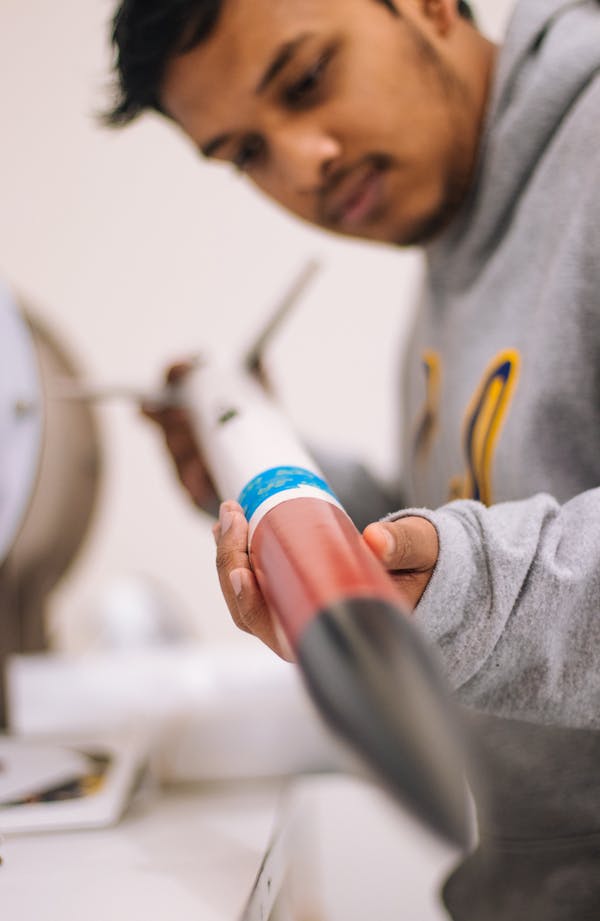Manufacturer Of Standard And Custom Films Aerospace Insulation Products
Aircraft insulation materials serve multiple purposes, including thermal, acoustic and fire resistant. They must also be strong, lightweight and safe to use in space-worthy environments. These materials must be capable of withstanding extreme temperatures, including those generated during pressurization and decompression and around jet engines and rocket motors. The ideal aerospace materials will help keep passengers and crew members comfortable while protecting vital components from damage.
Aerospace insulation materials
Insulation for aerospace applications ranges from foams and paper products to fiberglass, vermiculite, mica, metal or ceramic wools. Foams provide effective sound and temperature control, while paper and fiberglass products are lightweight and durable. Mica is a popular choice for aircraft insulation due to its high heat resistance and flame retardant qualities. It can be used to insulate ducting, tubing and air-cycle systems as well as cabin panels, including overhead storage compartments and walls.
Whether it is an aerogel that is used to insulate passenger spacecraft walls, or foams and papers that cushion the cockpit controls of military aircraft, these materials are designed to meet strict safety requirements for flight. In addition to meeting rigorous temperature and flame retardant standards, these aerospace materials must also be easy to handle and remove in the event of a disaster, such as a fire.
Thermal Conductivity in Aerospace Insulation
Thermal properties, including a low coefficient of thermal conductivity, are key for a Aerospace Insulation Materials to be considered for aviation insulation. Aerogels offer an excellent combination of a very low coefficient of thermal conductivity with very high strength. The insulating capabilities of these materials are derived from the fact that they have extremely small pores, which are filled with silica. The presence of these pores helps reduce the flow of heat through the material, which in turn keeps the interior temperature of an aircraft much more stable than other materials.
The high permeability of most foams makes them less effective than aerogels in certain situations, but this does not mean that these materials are not suitable for aerospace applications. They are still used in several important aircraft insulation applications, such as the cockpit wall thermal insulation of the US MKV-22 'Osprey' tiltrotor and the British Jaguar fighter.
Manufacturer of standard and custom films aerospace insulation products including polyetheretherketone (PEEK) films. Specifications include 6 to 70 microns thickness, 610 mm standard width and 140 to 70 MPa tensile strength. Capabilities include coating, thermal lamination, thermoforming and die cutting. RoHS and 3A Sanitary Standards compliant.
Acoustical Insulation for Aircraft
While an aircraft is in motion, it creates a significant amount of unwanted noise. Acoustical insulation can reduce this unwanted noise, such as the rumble of the engines and airflow, while simultaneously increasing comfort for passengers. The most effective acoustic insulation will absorb this noise and transmit sound energy only in a very limited area, preventing vibration of the aircraft's overall structure. This can be achieved through a combination of thermal/acoustic blankets and elastomeric isolators. The best acoustic insulation for airplanes will be able to do all of this while maintaining a minimal weight, thickness and surface area.

